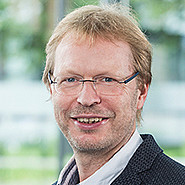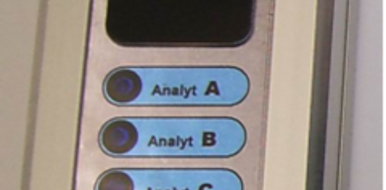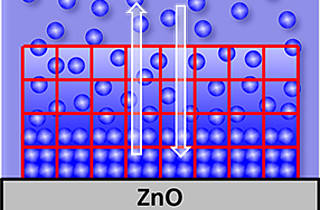SAGAS, a powerful flexible gas analysis system
The SAGAS gas analysis system (SAGAS stands for Surface Acoustic Wave Aroma and Gas Analysis System) is a so-called ‘electronic nose’. It can be used to reliably determine gaseous organic emissions, scents, aromas and other gas mixtures in a variety of applications. The measuring principle of SAGAS is based on frequency changes of high-frequency surface acoustic waves (SAW). These frequency changes are caused by the presence of analytes and their interaction with a sensitive layer. For construction, commercially available SAW components are provided with a selective sorption layer. The SAW components then operate as frequency-determining elements within a miniaturized electronic oscillator. An uncoated reference oscillator is used for temperature compensation. The changes in mass and iskoelastic properties of the coating resulting from the sorption of the analyte lead to a proportional frequency change of the oscillator. An HF mixture generates a differential frequency signal, which ultimately represents the sensor signal. Based on this dual construction, a sensor array of nine SAW resonators is formed. This array constitutes the core of SAGAS and consists of eight SAW sensors as well as a common reference sensor. The sensors are controlled serially via a new method for controlling the SAW sensors in an array. Only one second is needed to read out the complete array. An electromagnetic separation of the oscillators, which has been necessary up to now, is therefore no longer necessary. As a result, the SAW sensor heads can now be made even smaller and more cost-effective. After a calibration (‘training’) to the respective measuring task, the signal patterns of the individual sensors, which are generated during the analysis, are evaluated using automatic software algorithms. If the signals are represented in the form of polar diagrams, there are typical patterns, similar to the olfactory impression of a human nose. Afterwards they are available for qualitative and quantitative determination.
Your contact person for this offer

Innovation Manager Karlsruhe Institute of Technology (KIT)
Innovation and Relations Management (IRM) Phone: +49 721 608-25587
Email: rainer.koerber@kit.edu


